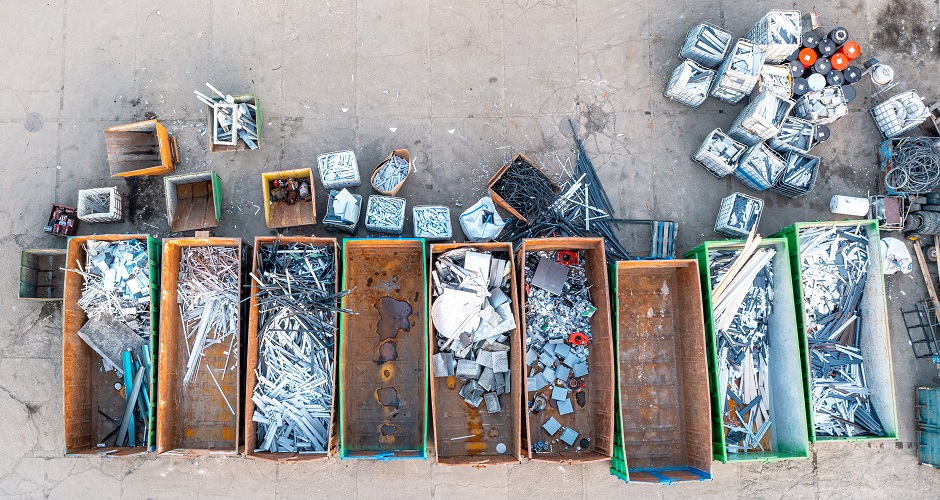New Law on waste and contaminated ground, key for ecological and digital transition

Sustainability is one of the most worrisome aspects in construction. This feeling has become stronger in recent years and as a result, the European Union has outlined some objectives concerning matters of prevention, collection, evaluation, reuse and recycling for 2025, 2030 and 2035. In order to comply with the established objectives, the Government has passed the Law 7/2022, of April 8, on waste and contaminated ground for the circular economy.
The intention of this law is to ensure the efficient and equitable use of resources, the basis of the new economy. Digitalization currently affects all aspects of life, such as waste management, which is nothing new to the economic model.
Although at first it may seem that the concepts of digitization and waste management are not closely related, data such as the fact that almost 50% of recycling plants have some digital automation, either to separate waste by material or by weight, prove that this is not the case. This improves the recovery of materials, reducing the amount of waste and obtaining secondary raw materials.
In the construction sector, the application of automation in some waste collection processes, will improve efficiency and provide more safety for workers such as keeping them far from toxic materials like asbestos. Digitalization in construction will also accelerate classification processes collection a large amount of data from them. This way, valuable material will not be discarded.
The new law, which sets as its general purpose the reduction of the weight of waste generated by 13% by 2025 and 15% by 2030, compared to 2010, establishes the criteria for the collection, separation, reuse and recycling of waste. As of July 1, 2022, it is mandatory to sort non-hazardous construction and demolition waste depending on the material: wood, mineral fractions (concrete, bricks, tiles, ceramics and stone), metals, glass, plastic and plaster. Elements suitable for reuse such as roof tiles, toilets or structural elements should also be categorized. Preferably, categorization should be carried out at the place where the waste is generated. And, starting January 1, 2024, demolition must be carried out selectively, by means of a prior study identifying the quantities of each material expected to be generated.
Thanks to this law and its special concern for waste generated within a construction project, there will be a decrease in the environmental footprint left by this sector. One of the biggest challenges is that construction stops being one of the main emitter of CO₂.
